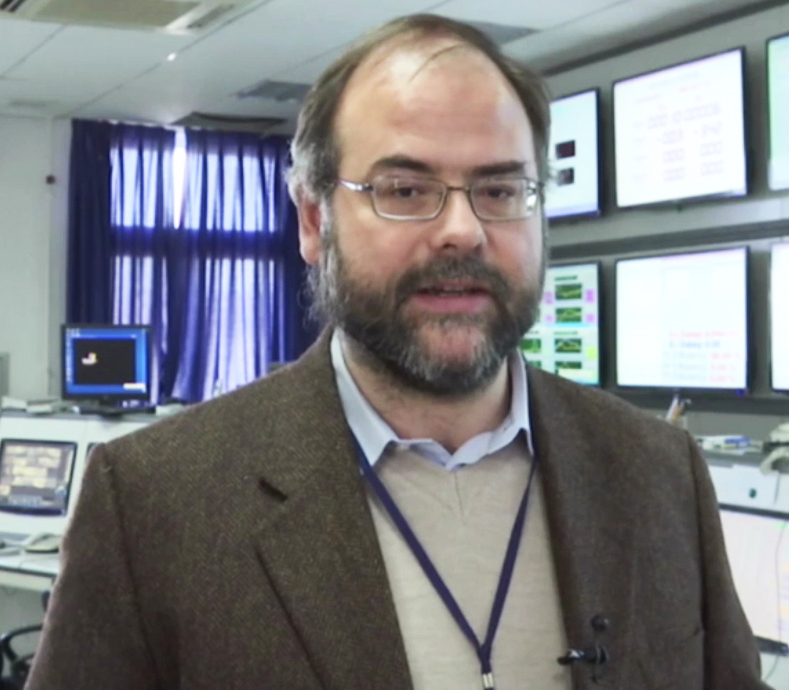
INFN's scientific and technological collaboration with Chinese institutions has seen a quantum leap in the last decade, thanks to the collaborative effort of numerous Italian and Chinese researchers engaged in joint research projects. An effort also recognised during the eighth edition of the China-Italy Science, Technology & Innovation Week, the most important annual event in the context of Sino-Italian scientific and academic cooperation, recently concluded in Beijing, which this year brought together 750 representatives from research centres, universities, Italian spin-offs and companies and over 400 Chinese participants. During the event, in the presence of the Italian Minister of Education, University and Research, Valeria Fedeli, and the Chinese Minister for Science and Technology, Wan Gang, the China-Italy Science and Technology Innovation Cooperation Contribution Award, awarded by the China International Technology Transfer Center Italy, was awarded to Marco Maggiora, Director of the IHEP-INFN Joint Laboratory (I2JL), Professor of the University of Turin and INFN researcher, for his contribution to the development of scientific and technological cooperation between Italy and China, through the continuous strengthening of the strategic collaboration between the INFN and the Institute of High Energy Physics (IHEP), a body of the Chinese Academy of Science (CAS) in Beijing. We asked Marco Maggiora, an Italian scientist in China since 2009 and coordinator of the European H2020 project in China BESIIICGEM, to tell us how the Italy-China cooperation came about, how it has developed in the field of Particle Physics and about its technological repercussions.
When and how did the collaboration with China for particle physics research come about?
INFN activities on Particle Physics in China and/or with Chinese scientists range from Astroparticle Physics, inside and outside atmosphere, to particle Physics performed with accelerators, and to neutrino Physics. INFN started to successfully cooperate with Chinese Institutions since 1995 in AMS (Alpha Magnetic Spectrometer), a detector installed on the International Space Station to investigate antimatter in cosmic
...
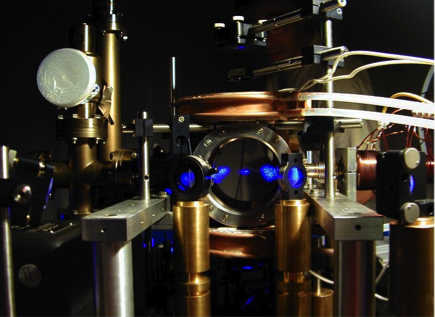
On 18 December, the Minister of Education, University and Research, Valeria Fedeli, went to CERN to visit the most important particle physics laboratory in the world, where there is so much Italy, with its physicists coordinated by INFN, and with the cutting-edge technologies developed by the national industry. The Minister, accompanied by CERN's Director General Fabiola Gianotti, and by INFN President ...
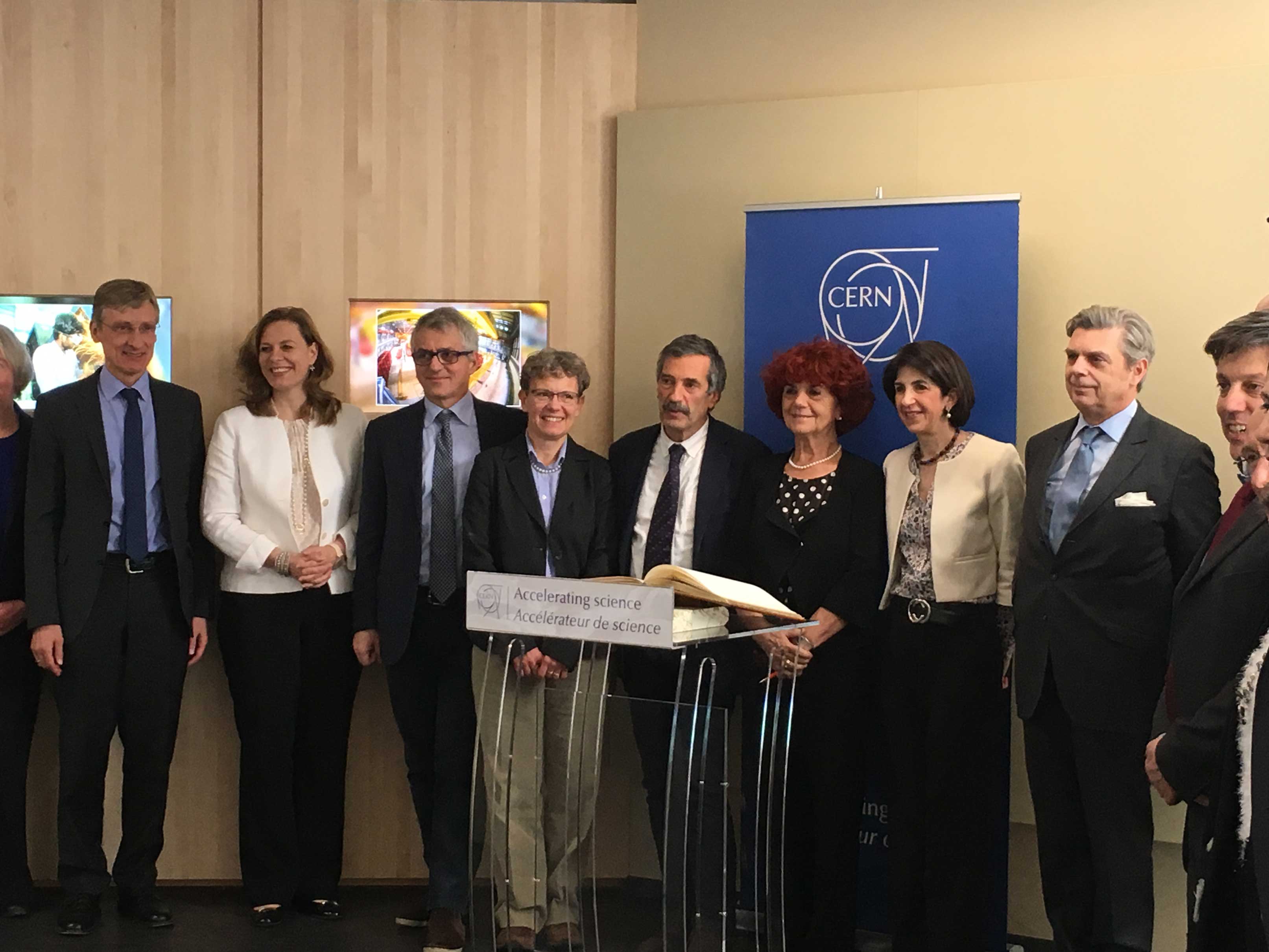
rom quantum physics arrive two results that exceed the limits reached so far in sensitivity and precision in the measurements of the phenomena related to General Relativity and to gravitational physics. The results, published in Physical Review Letters were obtained in two atomic interferometry experiments by a team of researchers from the University of ...
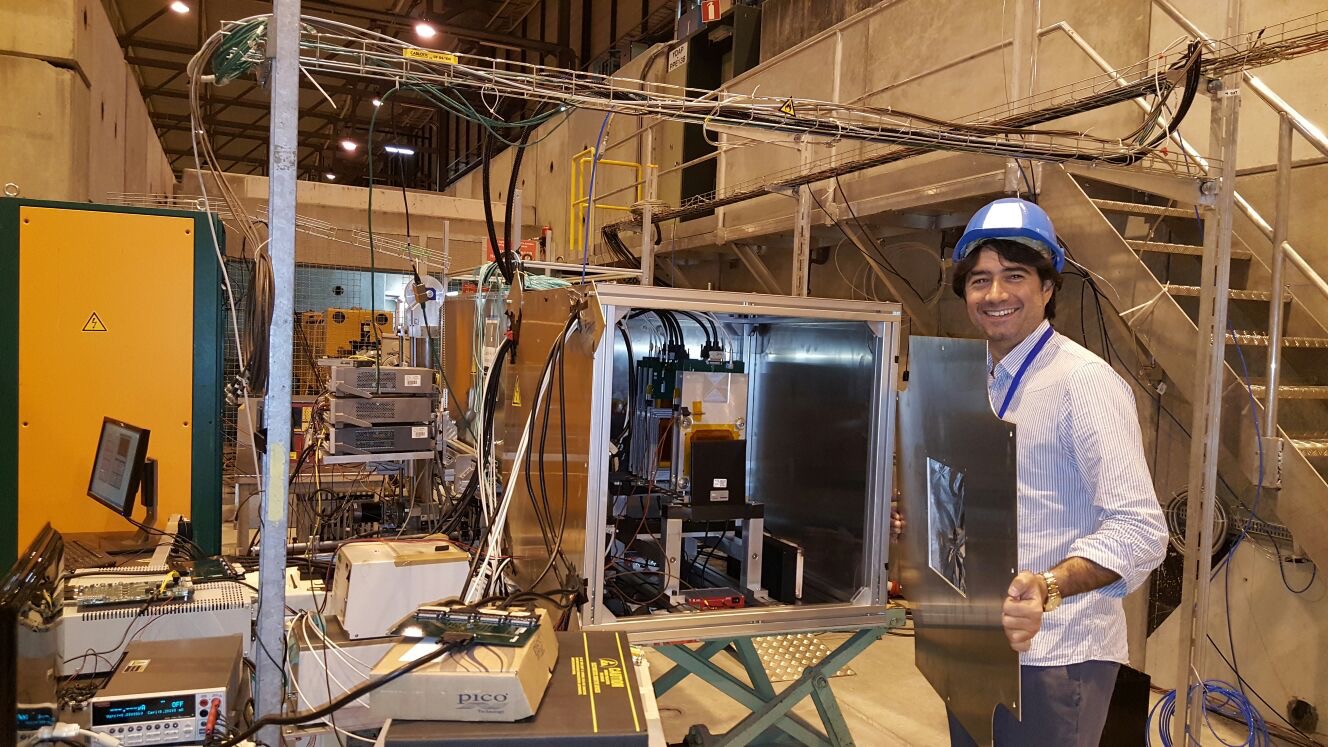
Nicola Neri, a researcher at the INFN section in Milan, has been awarded one of the prestigious grants of the European Research Council (ERC) of almost 2 million euros with his SELDOM project, to be developed at the LHCb experiment at CERN's Large Hadron Collider, to investigate why our universe is made of matter rather than antimatter. The SELDOM project proposes a new experimental method to investigate the asymmetry between matter ...
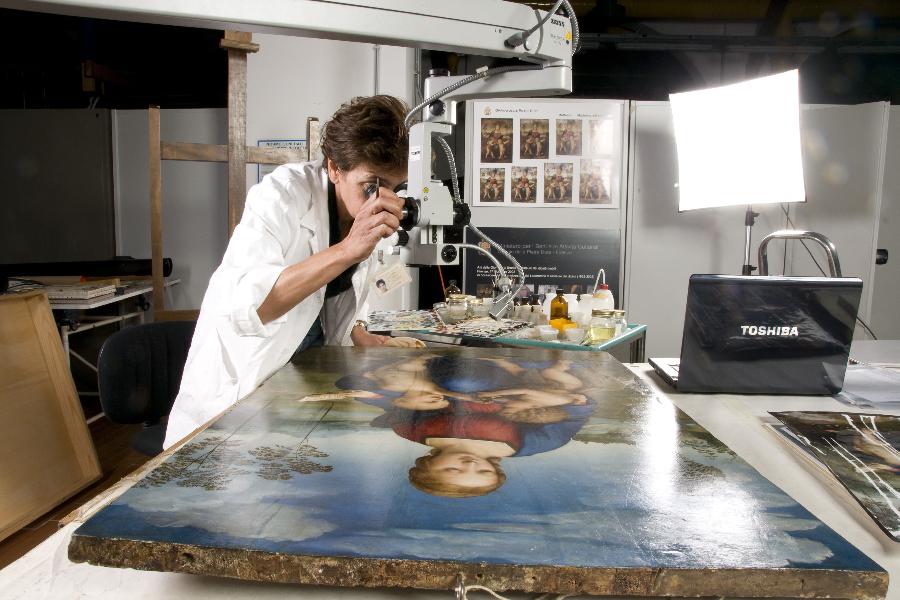
A next-generation accelerator resulting from the collaboration between INFN and CERN, entirely dedicated to the cultural heritage. This is the identity card of the MACHINA (Movable Accelerator for Cultural Heritage In-situ Non-destructive Analysis) project for the construction, at the laboratories of the Opificio delle Pietre Dure (OPD) in Florence, of a compact, transportable ...
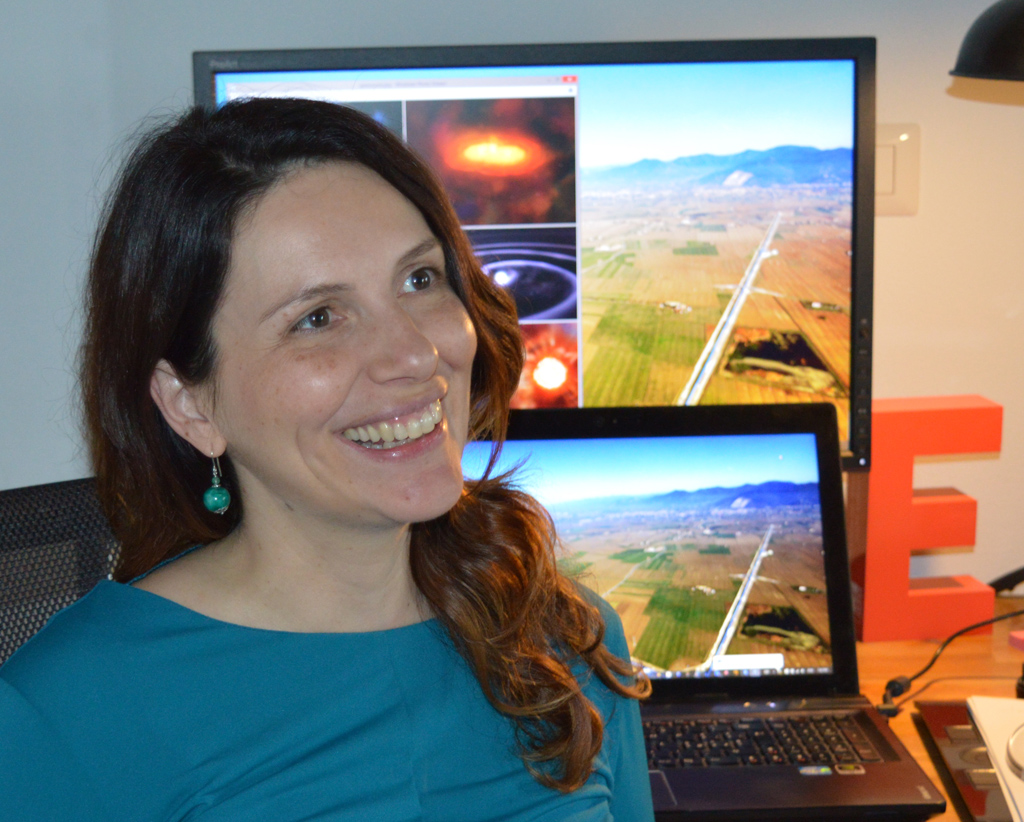
Marica Branchesi, a scientist of the VIRGO collaboration, Associate Professor at the Gran Sasso Science Institute (GSSI) and associate researcher at INFN, has been included by the journal Nature in the 2017 ranking of the 10 personalties who have made the most significant contribution in the world of science. With the role of coordination between the LIGO and VIRGO interferometers and the electromagnetic telescopes network, Branchesi is one of the protagonists of the historic result announced jointly by the ...
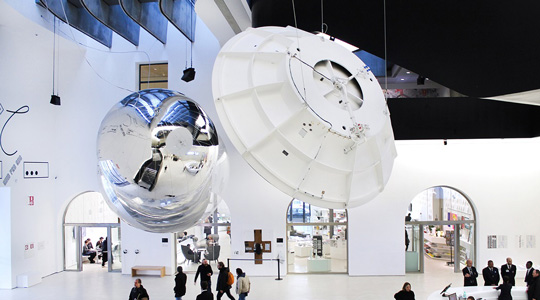 THE EXHIBITION "GRAVITY" IMAGINES
THE EXHIBITION "GRAVITY" IMAGINES
It is not wrong to consider the exhibition Gravity. Imagining the Universe after Einstein, conceived by MAXXI, 21st Century Art Museum in Rome, together with INFN and the Italian Space Agency (ASI), as an unexpected side effect of the recent discovery of gravitational waves. A discovery which, in addition to constituting a historic scientific result, has had such global repercussions as to also capture and focus the attention of artists, intellectuals and the world of culture in general on our ability to know the cosmos. Gravity effectively accepts the challenge of creating dialogue between contemporary art and science on this issue: a dialogue whose outcome is by no means to be taken for granted. The exhibition is divided into three thematic areas - Spacetime, Crises and Boundaries - that have at the centre as many crucial stages of the theoretical vision developed by Albert Einstein, father of the Theory of Relativity that led the German physicist, among other things, to predict the existence of gravitational waves a century before their discovery. More generally, Einstein's theory revolutionised our vision of the universe, rethinking the categories of space and time and providing us with powerful new tools to describe cosmic phenomena, as well as fundamental particle physics. And it is this radical change in our perspective on the world which dialogues in the exhibition with the visions of a number of important contemporary artists. ...
cover image:
An image of Gravity. Imaging the Universe after Einstein at the MAXXI Museum, Rome .
INFN - COMMUNICATIONS OFFICE
comunicazione@presid.infn.it
+39 06 6868162